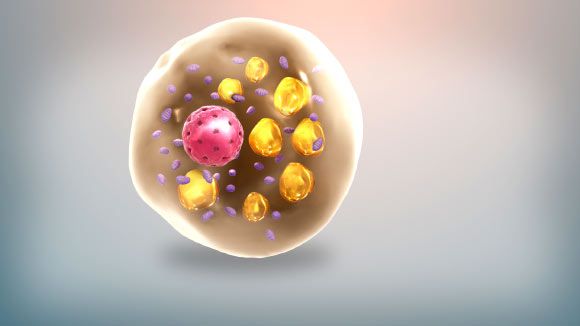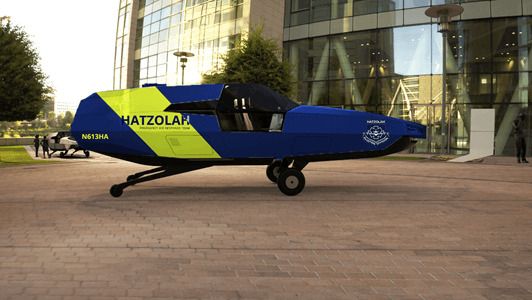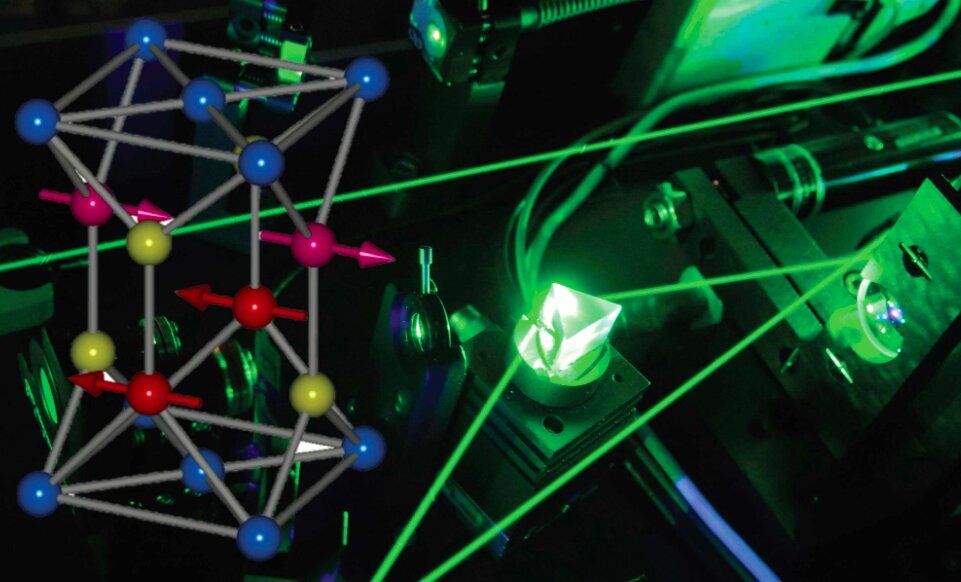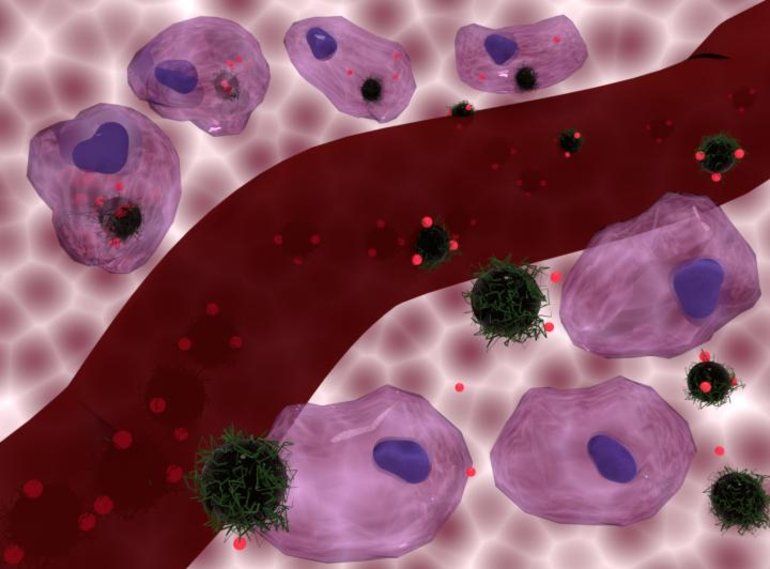Single-objective light sheet fluorescence microscopes are driving innovation in volumetric imaging.
Polaron formation in perovskite solar cells has been indicated in scientific research as a possible factor for making this kind of cell particularly efficient, although the mechanism behind polarons’ action is completely unknown. A U.S. research group has now observed how polaron distortions form and grow.
In a new study published in the journal Nature Medicine, individuals with brown fat had lower prevalences of cardiometabolic diseases, and the presence of brown fat was independently correlated with lower odds of type 2 diabetes, dyslipidemia, coronary artery disease, cerebrovascular disease, congestive heart failure and hypertension.
Trip Planning
With their AI approximation for psychedelic trips in place, the team says they can start to probe for similarities with how the human brain processes drugs, citing the structural similarity between neural nets and the human visual cortices.
“The process of generating natural images with deep neural networks can be perturbed in visually similar ways and may offer mechanistic insights into its biological counterpart — in addition to offering a tool to illustrate verbal reports of psychedelic experiences,” Schartner told PsyPost.
Lightweight VTOL Air Ambulances To Be Optimized For Emergency Response
Urban Aeronautics Ltd., a leading Israeli aerospace company, today announced it has reached an agreement to provide four CityHawk VTOL aircraft to Hatzolah Air for emergency medical service (EMS) applications.
In addition, Hatzolah Air will become Urban Aeronautics’ official sales representative and distribution channel to other EMS and rescue organizations worldwide. The companies previously signed an MOU to develop, produce, and market the CityHawk aircraft for EMS applications.
One mouse is hunched over, graying, and barely moves at 7 months old. Others, at 11 months, have sleek black coats and run around. The videos and other results from a new study have inspired hope for treating children born with progeria, a rare, fatal, genetic disease that causes symptoms much like early aging. In mice with a progeria-causing mutation, a cousin of the celebrated genome editor known as CRISPR corrected the DNA mistake, preventing the heart damage typical of the disease, a research team reports today in. Treated mice lived about 500 days, more than twice as long as untreated animals.
“The outcome is incredible,” says gene-therapy researcher Guangping Gao of the University of Massachusetts, who was not involved with the study.
Although the developers of the progeria therapy aim to improve it, they are also taking steps toward testing the current version in affected children, and some other scientists endorse a rush. The mouse results are “beyond anyone’s wildest expectations,” says Fyodor Urnov, a gene-editing researcher at the University of California, Berkeley. “The new data are an imperative to treat a child with progeria … and do so in the next 3 years.”
Antiferromagnetism is a type of magnetism in which parallel but opposing spins occur spontaneously within a material. Antiferromagnets, materials that exhibit antiferromagnetism, have advantageous characteristics that make them particularly promising for fabricating spintronic devices.
In contrast with conventional electronic devices, which use the electrical charge of electrons to encode information, spintronics process information leveraging the intrinsic angular momentum of electrons, a property known as “spin.” Due to their ultrafast nature, their insensitivity to external magnetic fields and their lack of magnetic stray fields, antiferromagnets could be particularly desirable for the development of spintronic devices.
Despite their advantages and their ability to store information, most simple antiferromagnets have weak readout magnetoresistivity signals. Moreover, so far physicists have been unable to change the magnetic order of antiferromagnets using optical techniques, which could ultimately allow device engineers to exploit these materials’ ultrafast nature.
Summary: Heating up cancer cells as they are being targeted with chemotherapy appears to be a highly effective way of killing them off.
Source: UCL
The study, published in the Journal of Materials Chemistry B, found that “loading” a chemotherapy drug on to tiny magnetic particles that can heat up the cancer cells at the same time as delivering the drug to them was up to 34% more effective at destroying the cancer cells than the chemotherapy drug without added heat.
Ultra-small integrated circuits have revolutionized mobile phones, home appliances, cars, and other everyday technologies. To further miniaturize electronics and enable advanced functions, circuits must be reliably fabricated in three dimensions. Achieving ultrafine 3D shape control by etching into silicon is difficult, because even atomic-scale damage reduces device performance. Researchers at Nara Institute of Science and Technology (NAIST) have published a new study in Crystal Growth and Design in which they etched silicon to adopt the shape of atomically smooth pyramids. Coating these silicon pyramids with a thin layer of iron imparted magnetic properties that until now were only theoretical.
NAIST researcher and senior author of the study Ken Hattori is widely published in the field of atomically controlled nanotechnology. One focus of Hattori’s research is in improving the functionality of silicon-based technology.
“Silicon is the workhorse of modern electronics because it can act as a semiconductor or an insulator, and it’s an abundant element. However, future technological advances require atomically smooth device fabrication in three dimensions,” says Hattori.








